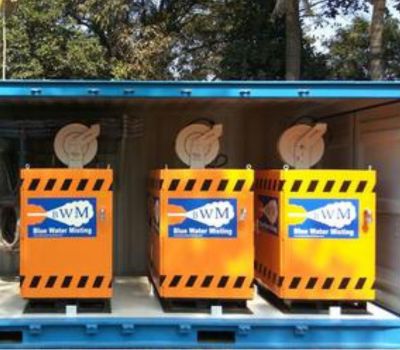Dust Control System
Cutting-Edge Solutions for Dust Control
Dust Control System
Probably the oldest and most often used method of dust control at bulk material handling is the use of wet spray systems. In essence, as the fines are wetted each dust particle's weight increases, thus decreasing its ability to become airborne. As groups of particles become heavier, it becomes more difficult for the surrounding air to carry them off. The keys to effective wet spray dust control are proper application of moisture, careful nozzle location, controlling droplet size, choosing the best spray pattern and spray nozzle type, and proper maintenance of equipment.

In the vast majority of cases for bulk material handling, the wet spray system used is a water spray system. Although the use of water sprays is a very simple technique, there are a number of factors that should be evaluated to determine the most effective design for a particular application. The following two methods are used to control dust using wet sprays at bulk material handling operations.
- Airborne dust prevention, achieved by direct spraying of water to the bulk material to prevent dust from becoming airborne.
- Airborne dust suppression, which involves knocking down dust already airborne by spraying the dust cloud and causing the particles to collide, agglomerate, and fall out from the air.
Most operations will use a combination of both of these methods in the overall dust control plan.